This Photographer Destroys the Notion of 'Pretty Girls' in Her Portraits
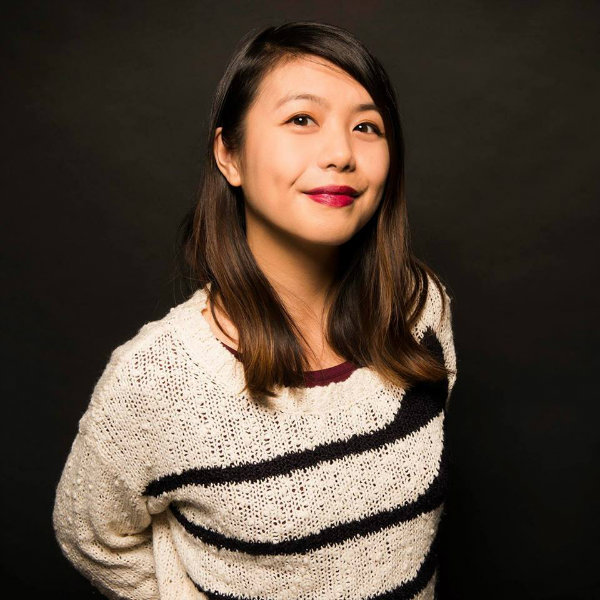
By:
The portraits of Los Angeles-based photographer Parker Day might remind you of photos you’ve seen in fashion magazines – saturated, slick, and hyper-realistic. (Warning: NSFW images below)
But in a brief moment, you’ll see that something is off. Seriously off.
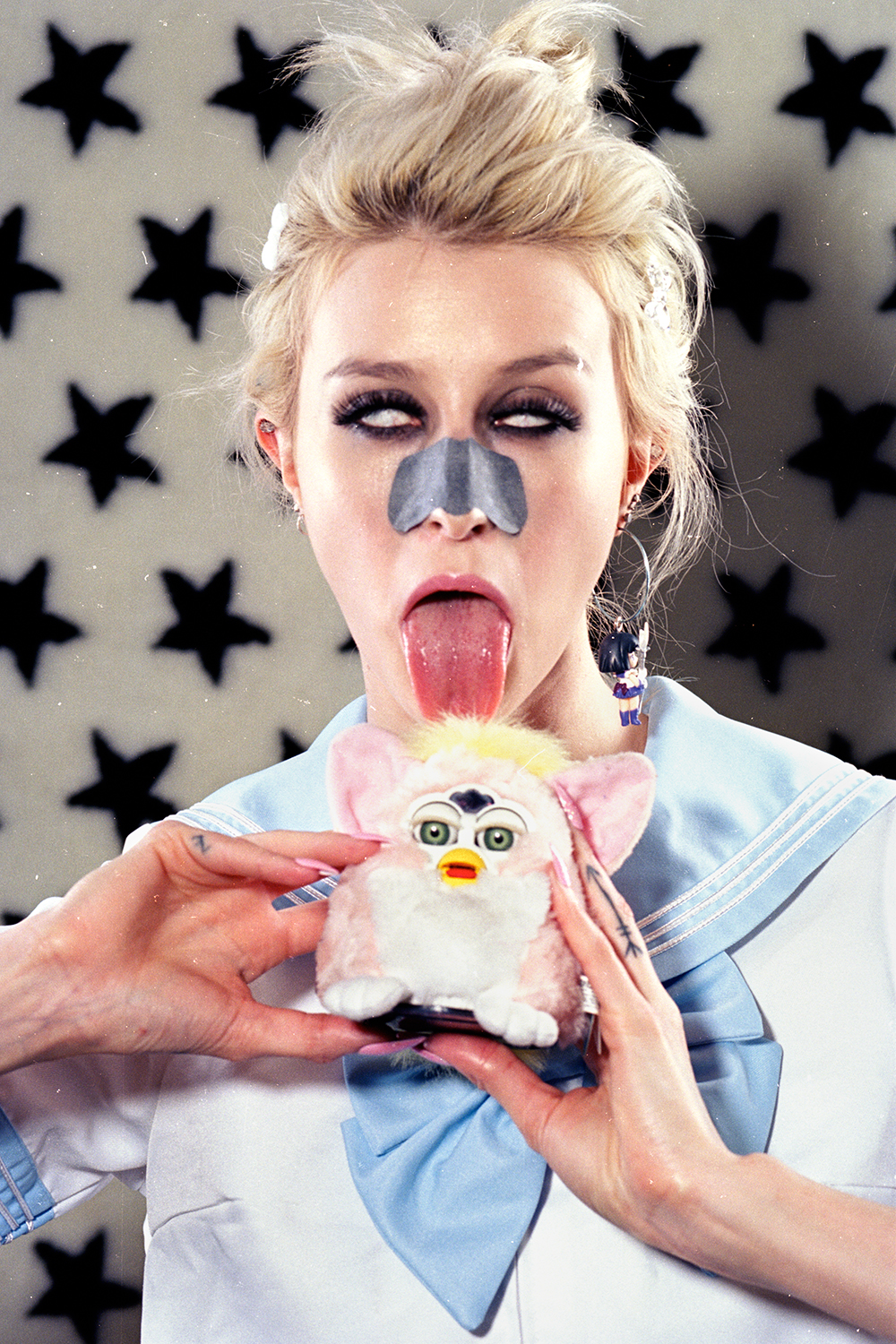 Parker Day
Parker Day
These are not your conventional “pretty” girls in pictures. In an interview with ATTN:, the 32-year-old photographer talks about dead-eyed models, the tension between pretty and powerful, and what an icon truly looks like.
ATTN: Your images seem to embrace and reject fashion imagery. What’s your relationship to fashion?
Parker Day: David LaChapelle was my first inspiration to pursue photography. I love fashion photography and models, but it usually looks too glossed over, too perfect.
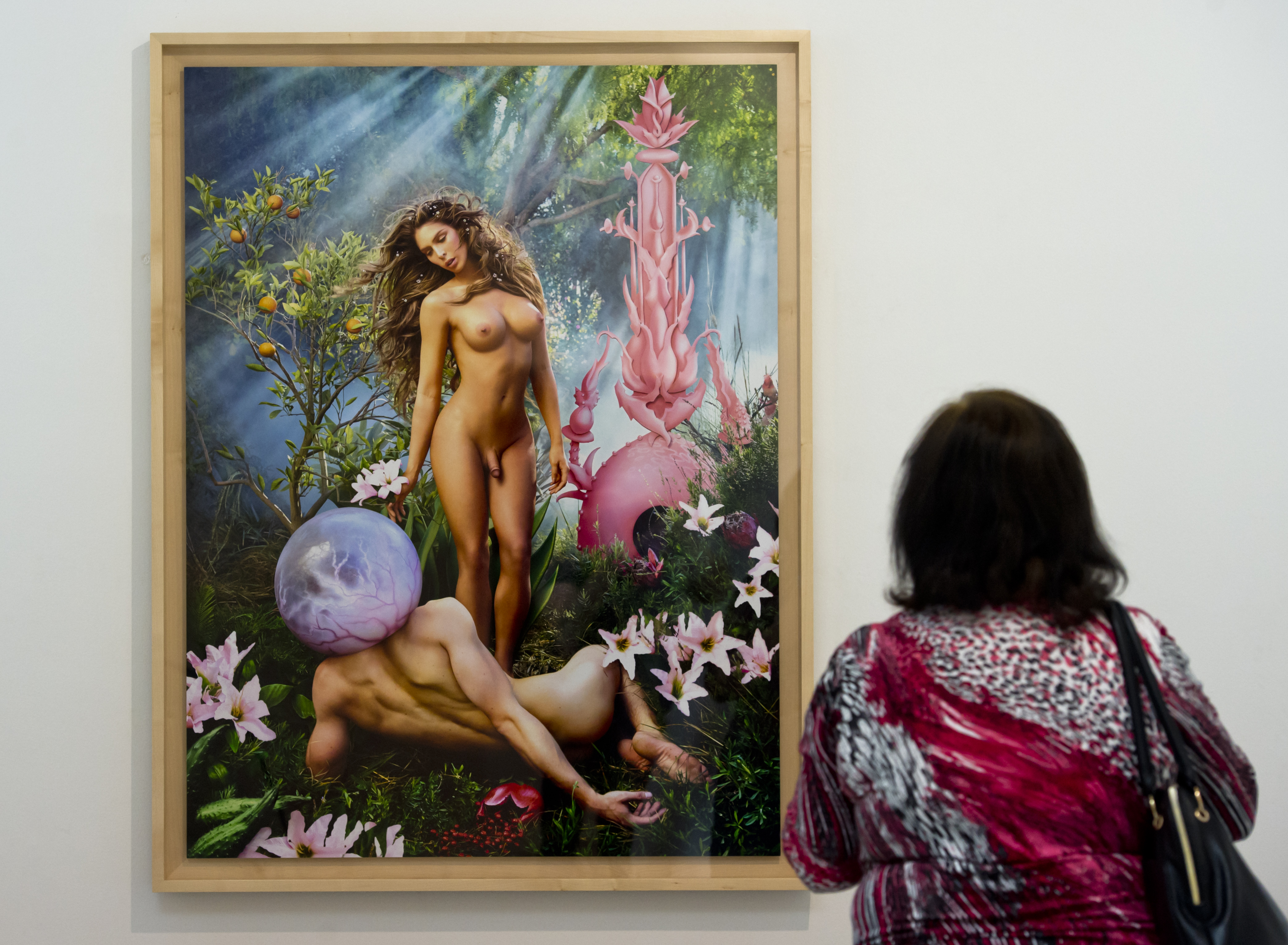 Associated Press - apimages.com
Associated Press - apimages.com
I love the colors and eye-catching quality of fashion photos, but I want something raw and dirty.
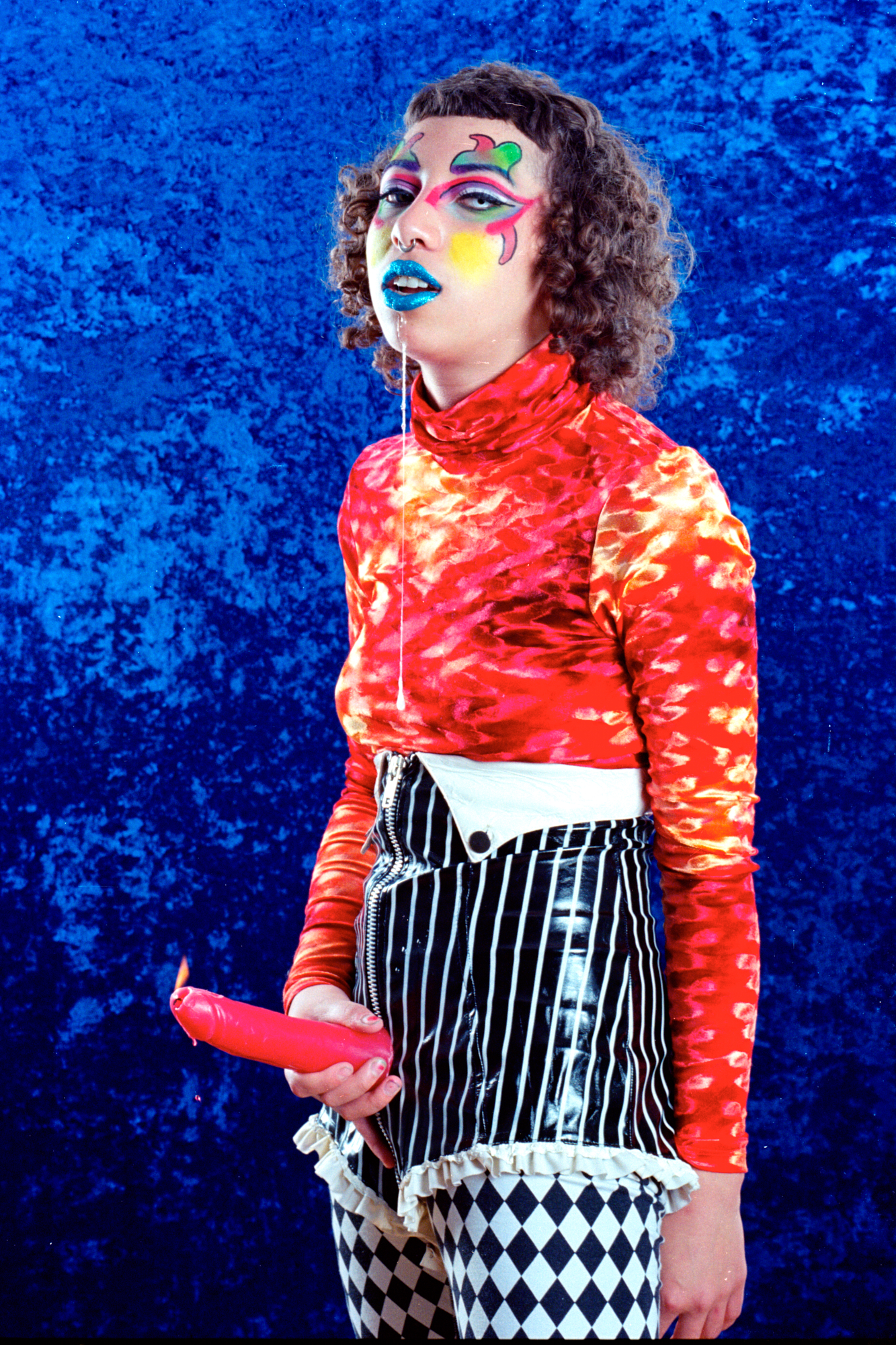 Parker DayWhen I work with real models, their mind is on how they look to the camera, which doesn’t make for very interesting, artistic photography. The lines and composition look right, but the soul isn’t coming through as strong as it could.
Parker DayWhen I work with real models, their mind is on how they look to the camera, which doesn’t make for very interesting, artistic photography. The lines and composition look right, but the soul isn’t coming through as strong as it could.
I especially like working with other artists, because I’m more likely to get what I’m going for, and they’re willing to put their own ego aside to create some art.
ATTN: How does gender come into play in your photos?
PD: We create our identity; we present ourselves to the world, from how we dress ourselves to our mannerisms. These things we have control over are tied to gender presentation.
All of identity, including gender, is a construct.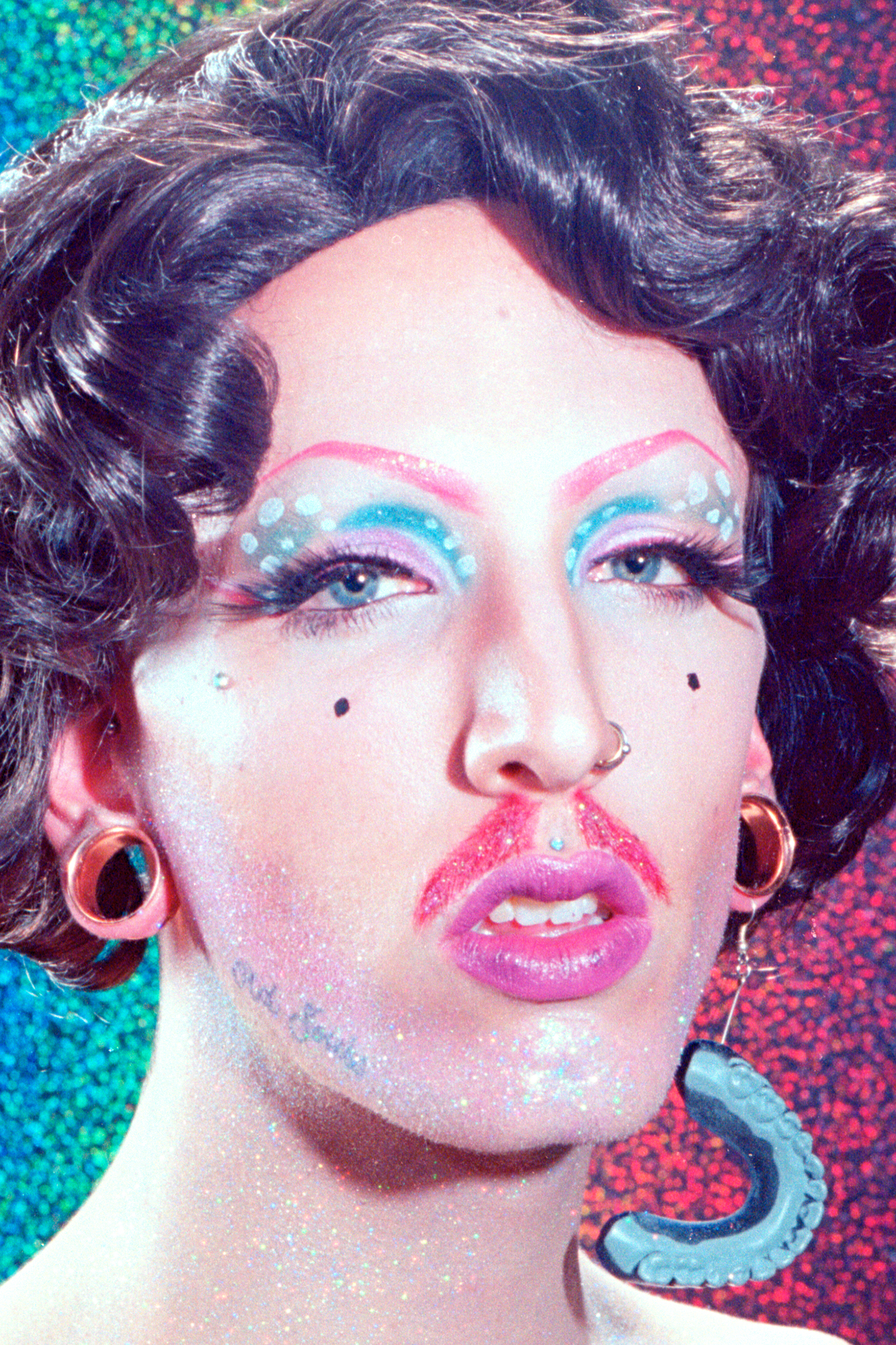 Parker Day
Parker Day
The characters in my work play with that line between fantasy and reality, female and male.
I want people to question where the line between female and male is and why there needs to be a line.
ATTN: What do you think about the word “pretty?”
PD: What immediately comes up for me is the word “false.”
I think of a pretty girl, done-up with makeup, looking sweet and innocent. It’s a put-on that ties into tired representations of women.
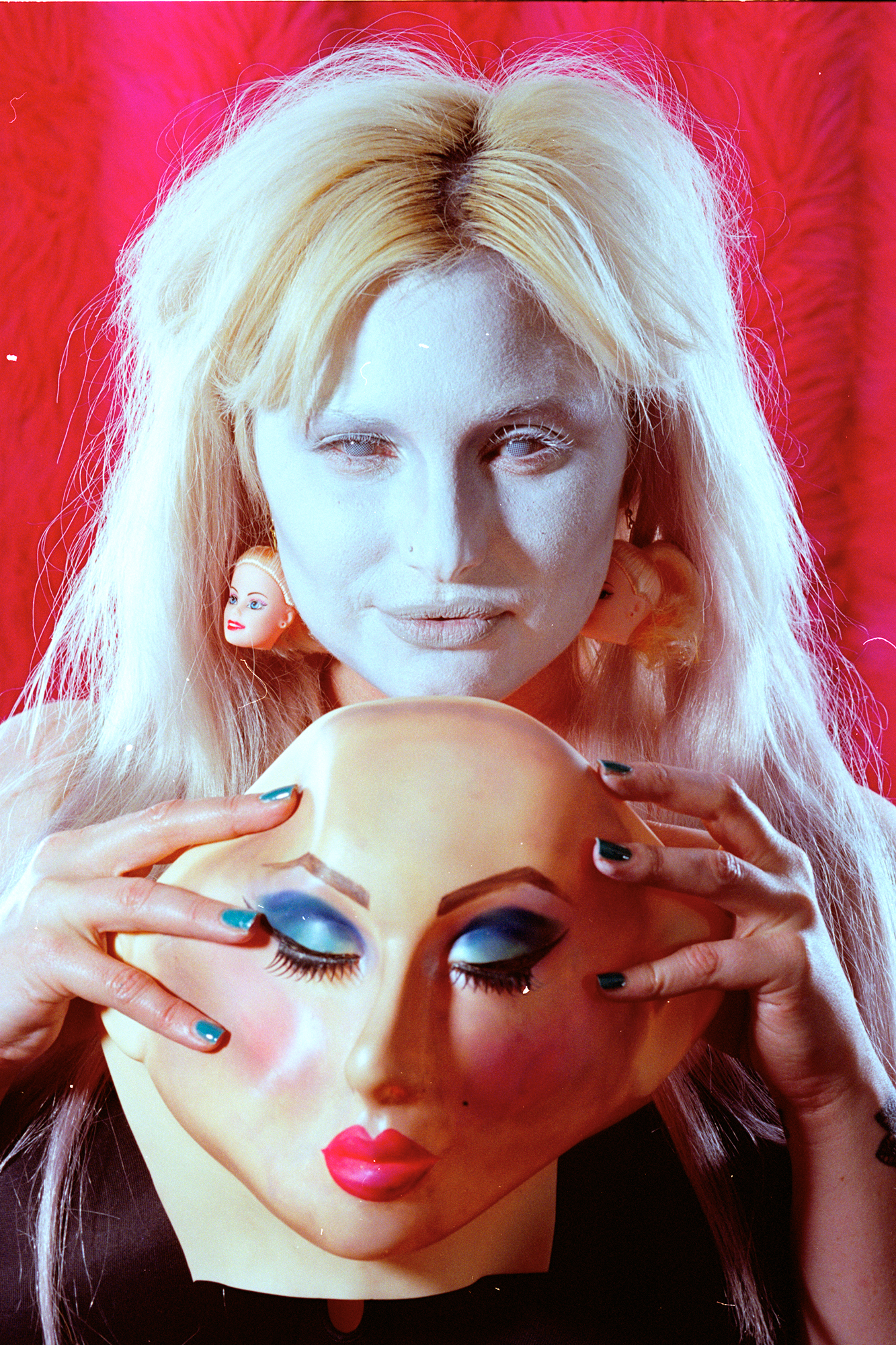 Parker Day
Parker Day
It doesn’t say powerful, and I’m much more interested in powerful depictions, which usually aren't very pretty.
It takes a certain amount of personal power to show yourself being a bit raw and maybe gross and dirty.
ATTN: How do you choose your subjects? What qualities are you drawn to?
PD: Usually, while I’m looking at their Instagram or their Facebook, I feel connected with what I’m seeing in what’s being presented.
[My subjects] are intelligent, creative people who have some kind of dynamic quality in them – a glint in their eyes. They’re usually friends of friends, and I’m hopping around from profile to profile [on social media].
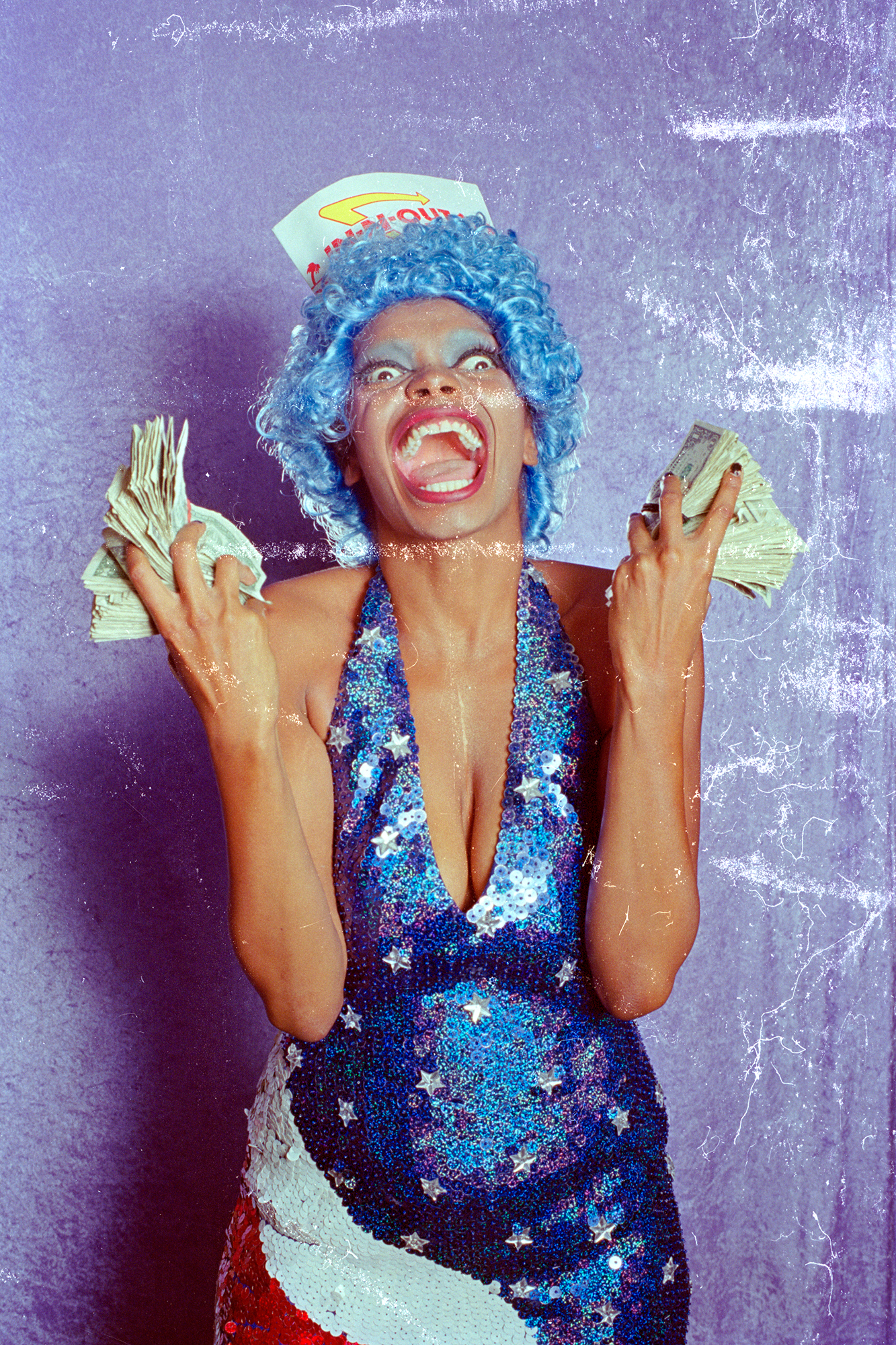 Parker Day
Parker Day
Seven years ago, it was kind of weird to message a stranger on Facebook, but now there’s nothing to it.
ATTN: You’re currently working on “Icons,” a photo series of 100 portraits in progress through 2016 and to be exhibited next year. How did you come up with this idea?
PD: I was deliberately looking for a series I could really sink my teeth into.
I had been thinking about how identity is a construct and how icons represent something, but they aren’t actually that thing.
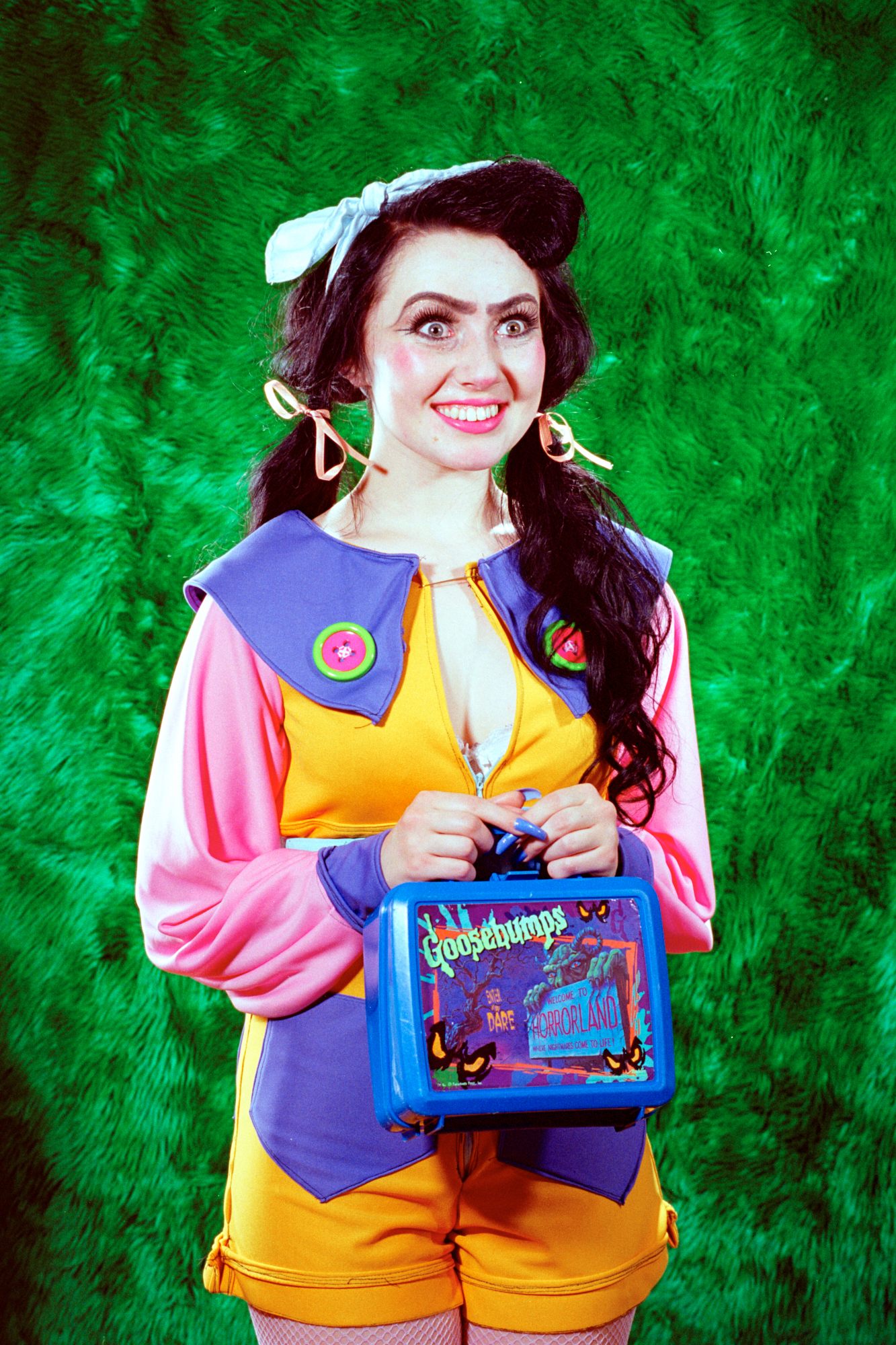 Parker Day
Parker Day
[For example], Marilyn Monroe is an icon of sex, but she was a real person — where is that real person?
ATTN: How do you portray someone as iconic? What does that look like to you?
It’s boldly over the top – someone committed to their look. Like, when you’re walking around town and see someone just dressed up who’s into who they are and what they’re wearing and proud — that is iconic.
It’s doing what feels right and committing to it.
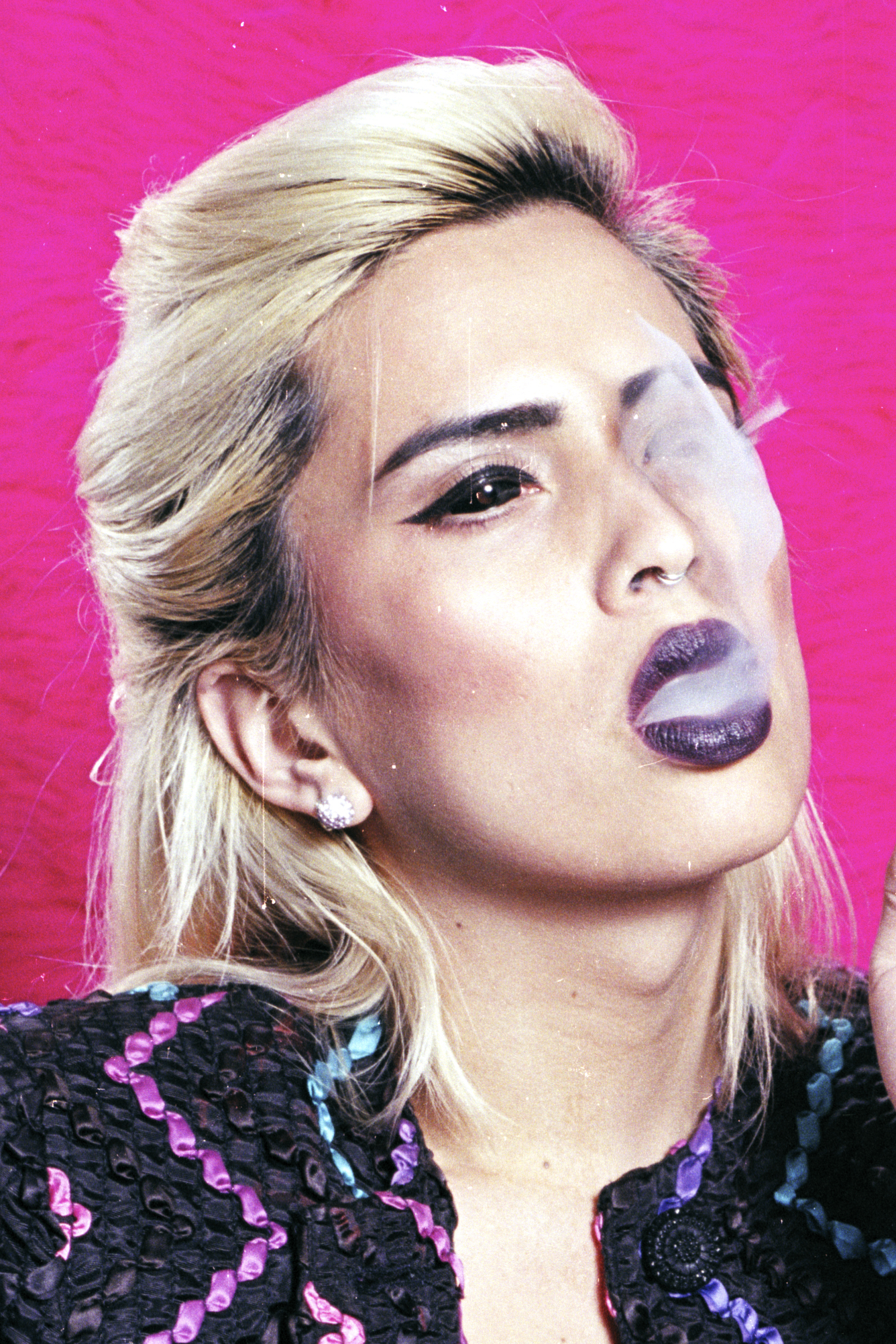 Parker Day
Parker Day
ATTN: Is there a common theme throughout your work?
PD: As it’s all coming together, I see a lot of darkness and a quiet sort of rage underneath it and darker aspects to myself – anger and sadness – even though I’m generally a very positive person. That’s real artistic expression — working out things you can’t express in your everyday life.
That’s what I really want to portray -- a tension between an appealing veneer and something darker bubbling underneath.
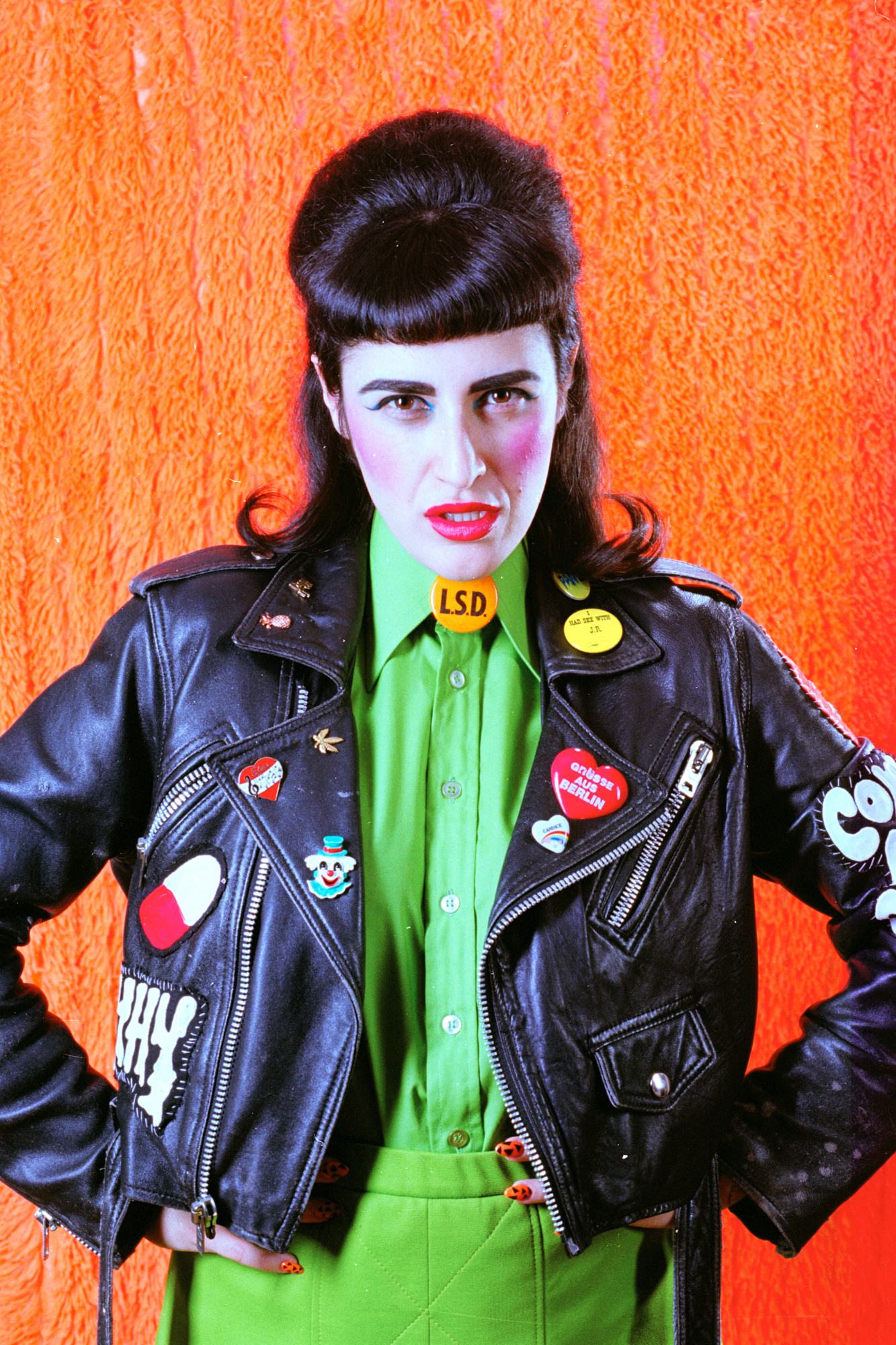 Parker Day
Parker Day
[h/t i-D Magazine]
